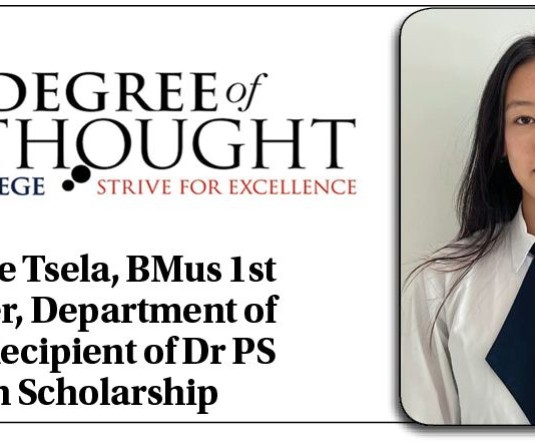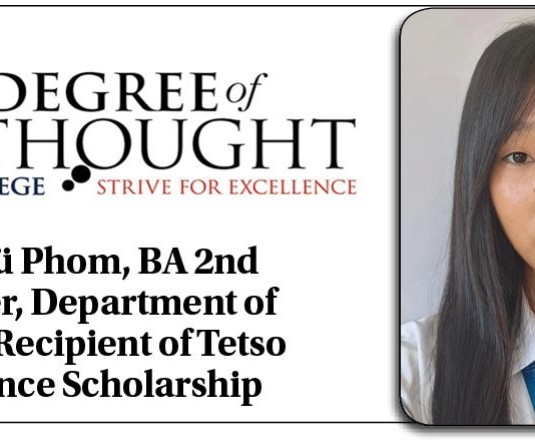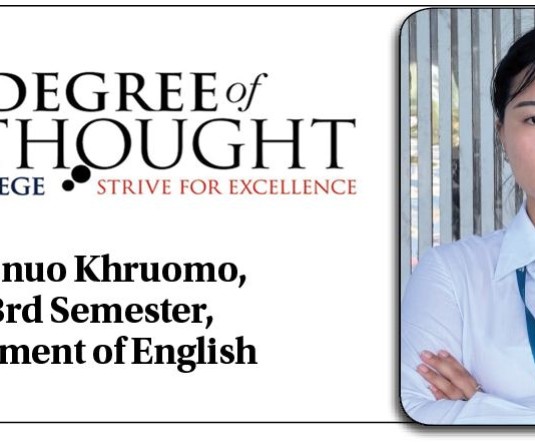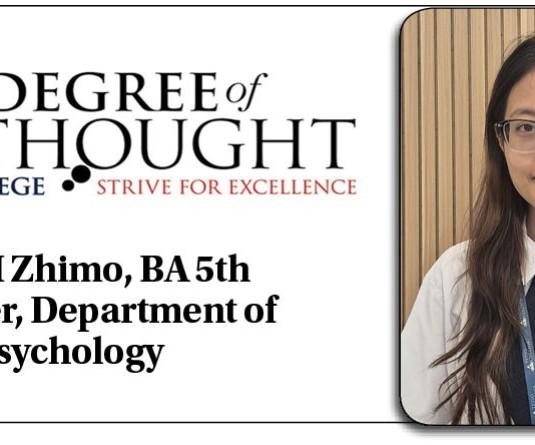
A new year brings with it the hope of a fresh start and a blank slate. Most people begin contemplating their New Year's resolutions and what they would like to alter or improve upon around the end of December. And as we slide into the new year, what new year's resolutions do you have for 2023? Even with the best of intentions, after the excitement of a brand-new year fades, many people find it difficult to follow through on their goals. It has become normal for most people to fail to keep their resolutions and quit them within a few weeks. Unfortunately, most people fail to keep their resolutions because they have not been carefully thought out. Setting a SMART goal is one approach that helps you achieve your new year's resolution, and it has become a common goal-setting technique used by professionals, organizations, etc. with successful results.
SMART is, by far, the most well-known goal-setting approach. According to general belief, the term "SMART" first appears in the November 1981 issue of Management Review in a paper by George T. Doran titled "There Is an S.M.A.R.T. Way to Write Management's Goals and Objectives." There is no definite meaning to SMART, and over time, its meaning has changed and developed, but the original definition, according to Doran's original, is: Specific: target a specific area for improvement; Measurable: able to quantify, or at least suggest, an indicator of progress; Assignable: specify who will do it; Realistic: state what outcomes are realistically achievable given the available resources. Time-related: specify when the result can be achieved.
SPECIFIC: Being specific about your goal is the first step in making a SMART goal. Setting a clear objective makes it simpler to understand what you are attempting to achieve and leaves little possibility for ambiguity. Try to respond to the following questions while creating your goal: Who is involved, exactly? What exactly am I trying to achieve? Where: Name the place. When: Define a timeline. What are the resources and limitations?
MEASURABLE: As the second step in creating a SMART objective, ensure that it is measurable. Some objectives are so vague that they are difficult to achieve since there is no set of criteria to measure them. So, setting criteria for how you will attain your objective and developing a way to assess your achievement once it's done is important.
ASSIGNABLE: Third, make sure your SMART goal is assignable. To be successful, your objective must also be achievable, and you must determine ways to obtain the means to achieve those goals and identify proactive activities that will result in that goal being achieved.
REALISTIC: The fourth step is to consider and state your reasons for setting this objective and ponder whether it is realistic or not. A goal must be both achievable and doable in order to be realistic. It must represent an aim toward which you are honest about yourself, your ability, resources, and limits. However, this does not mean that you limit yourself; instead, you should simply be realistic about whether your goals are achievable or not.
TIME-RELATED: Finally, a goal should have a time frame or an end date in mind. Setting a realistic end date helps generate a feeling of urgency, which can aid in the achievement of the goal. When establishing a time frame for a goal, the following questions should be addressed: When will the objective be achieved? What can be done in six months?? What can be achieved today?
Take some time this New Year to reflect on where you are and where you want to go. Write them down, begin planning, and start taking small steps toward achieving goals, and don't forget to enjoy your journey as well as your success.
The Degree of Thought Column is a weekly community column initiated by Tetso College in partnership with The Morung Express. The column explored contemporary social, cultural, political, and educational issues and challenges around us. However, the views expressed here do not reflect the opinion of the institution. Tetso College is a NAAC-accredited, UCG-recognized Commerce and Arts college. Currently, the Degree of Thought Column is managed by the department of Mass Communication, and the editorial team are Dr Jenny Lalmuanpuii, KC Gabriela and Rinsit Sareo. For feedback or comments, please email: dot@tetsocollege.org.






